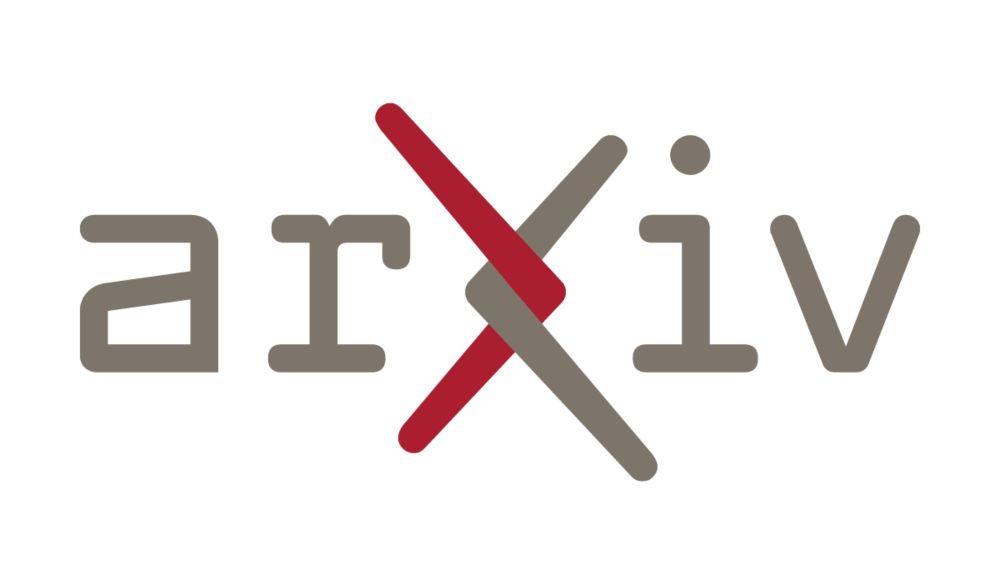
Both studies validate their results in the lab, highlighting complementarities between AI & experiments.
Both studies validate their results in the lab, highlighting complementarities between AI & experiments.
Read it here: www.sciencedirect.com/science/arti...

Read it here: www.sciencedirect.com/science/arti...




Still really worth reading - check it here:
arxiv.org/abs/2412.08092

Still really worth reading - check it here:
arxiv.org/abs/2412.08092


